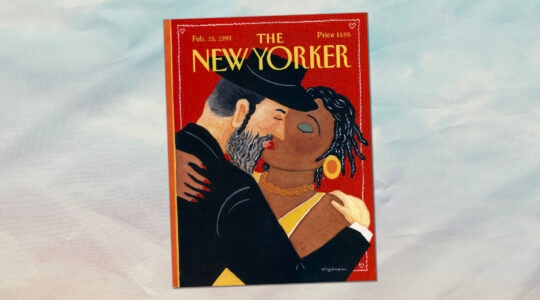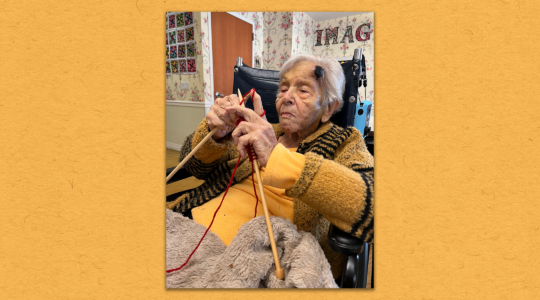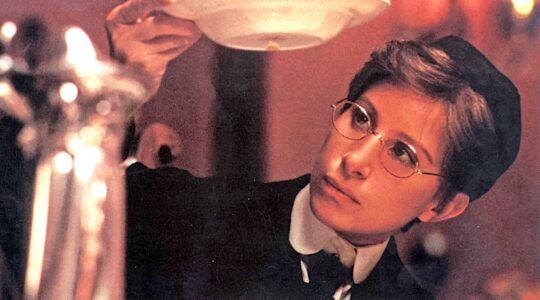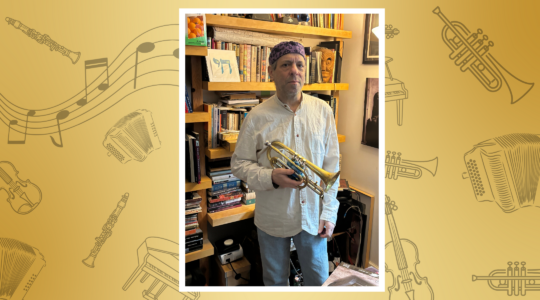Siesta and fiesta: they are the rhyming clichés of the carefree Spanish lifestyle. And nowhere are the midday pause and nocturnal festivities more evident than in Barcelona, Spain’s party capital.
In this easygoing seaside city, where traffic is light and the sun usually shines, people put a high priority on quality of life. For the notoriously thrifty Catalans, that quality is usually measured in time and experience rather than money. The hour-plus midday meal — at least two courses, followed by café con leche and preferably a snooze — is sacrosanct.
And just as crucial to life, especially in the grips of a fierce economic crisis, is the Catalan festa, “fiesta” in the local tongue. While austerity bites hard, people take to the streets: dancing the sardana (a Catalan hora), marching, beating drums, singing nationalist songs, drinking beer out of plastic cups and parading oversized papier-maché puppets.
Most visitors come for the Gaudi architecture and the wide golden beaches, and stumble onto a festa by accident. But if you time your visit right, you can join in a cultural experience that’s more interactive than buildings and more photogenic than waves.
Barcelonians mark the seasons by the huge, citywide festas. February brings the costumes and parades of Carnaval, which gets bigger and more Halloweenish ever year. In April, the streets fill with vendors selling books and roses for Sant Jordi, the Spanish Valentine’s Day, in which men and women exchange letters for blooms.
The Festa of Sant Joan inaugurates summer in June. As the sun shines until 10 p.m., the whole city converges on the beach at Barceloneta at dusk; circles of picnickers with sangria and guitars watch as the sky fills with fireworks, and children frolic in the warm, calm sea.
Summer’s last gasp comes in September for La Mercé, a citywide explosion of revelry centered on the Gothic Quarter and in the narrow medieval streets near the port. Catalonia has a storied tradition of local choral singing; every neighborhood and university department has its own choir, and many of them perform at Mercé, filling the cathedral alleys with everything from Verdi to the music of local pop star Bruno Oro.
As will be obvious from their names, most Catalan festas have their roots in Catholic tradition. Religion is most explicit during the springtime holidays, a flurry of feast days and parades leading up to Easter. But despite the long shadow of age-old saints, church rites and ceremonial pastries, most celebrations are largely secular; like modern Barcelona, the feel is inclusive, open and – to this visitor at least – often more a tribute to Dionysus than to any deity since.
Naturally, since this is party-mad Barcelona, the Jewish holidays are also festas for the small, largely expat Jewish community. In contrast to the municipal events, Jewish festas — Purim, Khanuká — tend to be celebrated within one of the city’s four synagogues rather than on the streets. Non-Jews, ever-fascinated by any festa going on anywhere, fill the local media with reporting on these Catalan festivities, particularly if there’s hamantaschen involved (Catalans are mad for pastries, especially those that aren’t too sweet and involve dried fruits. Bingo!)
But the most fun happens in the city’s historic and proud barris (neighborhoods) — every last one of which holds its own annual festa major.
Days before a festival begins, streets fill with long foldout tables for a sopar popular, or people’s dinner; anyone with five bucks and an appetite for paella can join in. Crowds throng to watch flamenco singers and rock bands that play well into the wee hours, with the typical Spanish disregard for sleep.
The biggest of these festas del barri is the Festa Major de Gracia, which takes over the uptown neighborhood of that name for a week in August. A longtime stronghold of anarchist politics and Catalan nationalism, bohemian Gracia goes all out for the city’s most popular party.
Every pink plaza fills with activity. By day, there are magic shows and chocolate-making workshops; by night, local bands and candle-waving dancers. You can eat your way though local specialties, with street vendors selling Damm beer, artisanal honey and olive-oil tortas. But what really sets Gracia apart are the giant puppets, impromptu murals and life-size dioramas that turn its streets into pop-up museums.
People debate which is Europe’s true party capital, Barcelona or its Catalan satellite, Ibiza. Ibiza probably has more discotecas per capita. But you’ll pay a hundred bucks to get into one — while at the festas of Barcelona, everyone’s invited and entrance is free.
The New York Jewish Week brings you the stories behind the headlines, keeping you connected to Jewish life in New York. Help sustain the reporting you trust by donating today.




